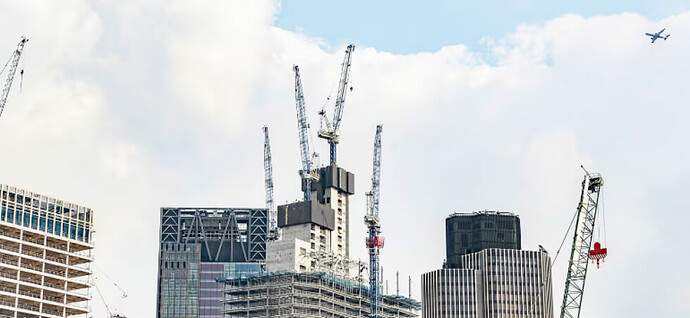This is the USD 64,000 question, as no one (including the administration) seems to have a clear handle on what tariff levels might be and when they might be implemented. On Friday, 11 April 2025, we thought we at least had clarity related to tariffs on Chinese imports—145%. Then over the ensuing weekend there was more confusion as to how certain technology imports would be exempt from China tariffs, only to be further muddled by additional communication from the White House.
In short, CIO believes it is in a bit of an information vacuum as it pertains to how tariffs could affect the cost of housing construction.
What we currently know is that Canadian softwood lumber carries a 14.5% tariff rate, which could expand to 34.45% later in 2025 pending a final review by the US Commerce Department. According to data from the National Association of Homebuilders (NAHB), Canada accounts for 85% of all softwood lumber imports into the US and imported softwood lumber accounts for 30% of total US consumption. In addition, the NAHB estimates that a new 2,500 square foot home consumes approximately 38,000 bf of lumber, while the Forest Economics Association (FEA) estimates that a 2,500 square foot home consumes approximately 30,000 bf of lumber. If we split the difference between the NAHB’s and FEA’s estimates, the average sized new home consumes 34,000 bf of lumber. As such, should the tariff increase to 34.45%, we estimate the increase in the cost of the average size home to be approximately USD 865, all else being equal. Should the administration levy an additional 25% “immigration and Fentanyl tariff” on Canadian lumber (which is currently exempt), the cost/home would rise to approximately USD 1,100/home—again, all else being equal.
For simplicity’s sake, we have aggregated total lumber demand into the softwood lumber category. In reality, total wood usage in home construction includes a variety of wood types including softwood lumber, oriented strand board, engineered lumber and plywood. Each category has its own pricing and supply dynamics.
One additional point regarding lumber demand: It is estimated that the repair and remodel (R&R) market accounts for 35-40% of lumber demand while single-family home construction accounts for an additional 35%.
Beyond lumber, the estimated impact becomes significantly more challenging as the tariff goalposts keep moving. When the “reciprocal” tariffs were originally announced, the NAHB estimated tariffs would increase the cost of the average home by USD 9,200/home.
The NAHB provided some additional information regarding construction-oriented imports, including:
- 54% of household appliances are imported from China.
- 70%-plus of Lime and Gypsum products are imported from Mexico.
- More than USD 500mn of gas ranges are imported from Mexico.
- Approximately USD 3bn in light fixtures, AC units, thermostats, and ceramic bathtubs are imported from Mexico.
Once more clarity develops regarding tariffs, we can better estimate what the impacts will be.
https://www.ubs.com/us/en/wealth-management/insights/market-news/article.2102456.html
